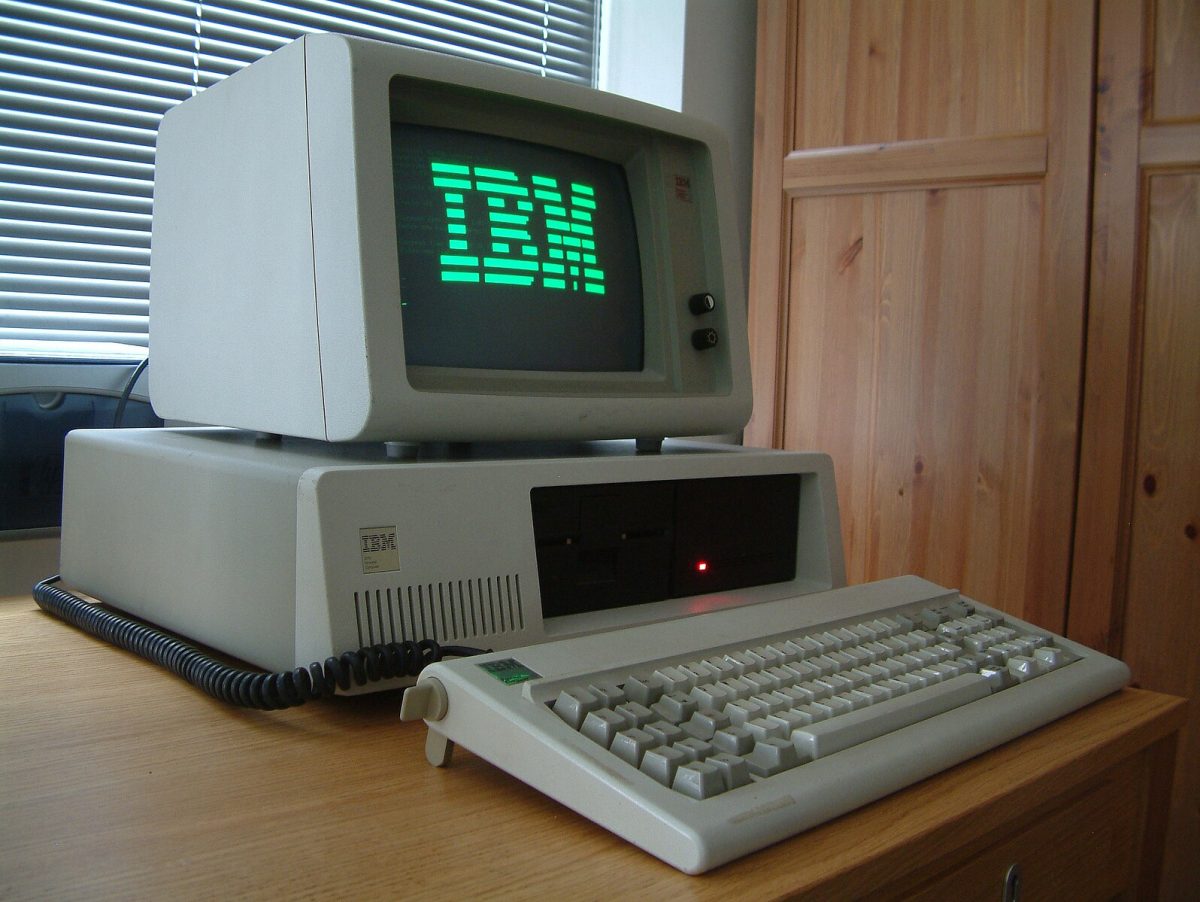U.S. stocks ended November with their greatest gains since June, reaching record highs on Nov. 27 before Thanksgiving, and then slipped following Black Friday as holiday shopping kicked off.
All three major indexes set new records, with the Dow Jones Industrial Average reaching 28,164, the S&P 500 reaching 3,154 and the Nasdaq Composite reaching 8,705.
These record highs were fueled by strong U.S. economic reports ahead of the holiday-shopping season. Household spending picked up in October and orders for long-lasting factory goods rose. GDP growth for Q3 of 2019 was revised to 2.1%, driven by strong consumer spending and up from a previous estimate of 1.9%, bolstered by stronger inventory investment.
Forecasting firm Macroeconomic Advisers, LLC predicts fourth quarter GDP growth to be 1.8%, below the roughly 2% growth seen in previous quarters this year. Lingering effects of the global industrial slowdown, inconsistency about the United States and China trade conflict and slowing income growth all point towards weaker economic activity in the coming months.
However, as the U.S. consumer has been the driving force behind both the U.S. economy and the global GDP, a positive outlook on growth right before Black Friday was enough to boost all three indexes to new highs. Retailers continue to be optimistic about sales in the coming months, particularly in the Midwest and Northeast, according to the Cleveland Federal Reserve.
Despite this, a closer look demonstrates more data that conflicts with the investor confidence running stocks higher. While Target Corp., Amazon.com Inc., Walmart Inc., Best Buy Co. and TJX Co. have logged strong gains, department-store chains have all logged weaker sales, including Kohl’s Corp., Macy’s Inc., Nordstrom Inc. and J.C. Penney Co.
Business investment continues to produce weak results, falling at a 2.7% annual rate in the Q3 of 2019 and declining 1% compared to the prior quarter. U.S. corporate profits also declined in the third quarter, although results were skewed by large legal settlements with Facebook Inc. and Alphabet Inc.
More conflicting data is followed with after-tax business profits, without inventory valuation and capital-consumption adjustments, falling 0.6% the past this past quarter.
Short sellers on the retail market have taken their most aggressive position in months recently. Short positions against the SPDR S&P Retail ETF fund, one of the largest retail ETFs, hit 441% of the ETF’s available shares. Shorts have doubled from the same time last year and are at their highest level in eight months.
Still, the focus on consumer spending is strong. Investors will be paying close attention to retailers’ sales results after this holiday spending season.
Next week, a snapshot of the start holiday shopping season, as well as monthly jobs number, will be important data points, according to Jack Janasiewicz, portfolio manager at Natixis. Among these are results are Dollar General Corp., Big Lots Inc. and Lululemon Athletica Inc. The market continues to see conflicting data as indexes notch higher returns.






